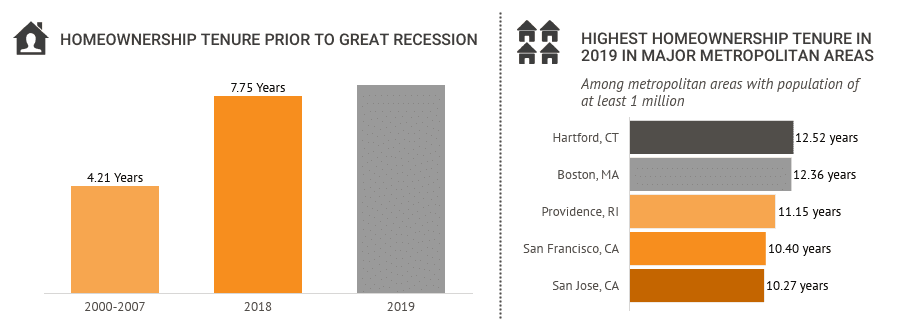It looks like you're new here. If you want to get involved, click one of these buttons!
RMDs from each 401K must be taken separately. They cannot be aggregated even though they are of the same type. Aggregation is possible with 403(b)s.I’ve been looking at this issue myself and there’s one important wrinkle to keep in mind. While you can take your total RMDs from any or all of your affected accounts, the accounts must all be of the same type. For example, if you have both IRAs and 401ks, you can’t take the IRA RMD from the 401k and vice versa.
@crash - it's not for everyone but
IOFIX - 1yr.: +18.29% although after last year there really wasn't much place to go but up.
YTD: +13.7%
Yield: 3.98%
@Crash. I have quite a bit in bond funds myself. It’s definitely not a comfortable feeling. :) My model is about 35% growth, 30+% income and 30+% alternatives. I use DODLX and DODIX quite heavily on the income end. Also PRIHX which has been a steady-Eddy. Who knows? You need to allocate somewhere and equities don’t strike me as a bargain right now, nor a place where a 75 year old should be tying up all his money.Age is one substantial factor in my sense of risk tolerance. Current expenses are another. I'm not getting younger, and my expenses are actually rising. Safety, rather than growth is my primary concern by now. Yes, bonds are paying next to nothing, and the safest of bonds barely pay anything at all. Looking at the big picture, I'll take the step into riskier bonds, which after all are not so VERY risky--- in order to produce SOME kind of measurable profit. PRSNX is barely holding its own. Weaker dollar. I suppose it's due to the expected reaction to the Demublicans' (sic) big spending plans? The stock market at these current price-levels is prohibitive. The monthly divs I'm still re-investing from my bond funds will be a lifesaver, if I ever DO need them to pay monthly bills. Inflation will NOT be so very "transitory." (Yellen, Powell.)
The only antecedent for "it" I can see is periodicity of purchases, so I'll infer that this continuum is the length of time between purchases.Why should rare years-apart purchases be included in widely impacting run-of-the-mill inflation calcs? ...
Do you disagree with the BLS for including the prices of new and used motor vehicles in its CPI calculations?
It's a continuum, arguable, debated, ...


Here's a Monthly Labor Review (MLR) piece written contemporaneously (June 1982) with the announcement (late 1981) of the change in how housing costs would be included in the CPI.The Economist: “House prices were included in America's CPI between 1953 and 1983 before being removed. This was partly because indexing benefits and pensions to inflation had become expensive and some politicians wanted to bring measured inflation down”
Source:
In addition to problems of data adequacy, impetus to change the homeownership component stems from an important new use of the index. The Economic Recovery Tax Act of 1981 (Public Law 97-34) requires use of the CPI for All Urban Consumers (CPI-U) for escalation of income tax brackets and the personal exemption amount. The law requires announcement of the new tax brackets in December 1984 based on CPI-U data for the prior 2 years. This is a major new use of the index which will have a broad effect on total Federal Government revenues, and this new use underscores the importance of action to ensure that the CPI reflects consumption cost experience of consumers to the fullest extent possible.
© 2015 Mutual Fund Observer. All rights reserved.
© 2015 Mutual Fund Observer. All rights reserved. Powered by Vanilla